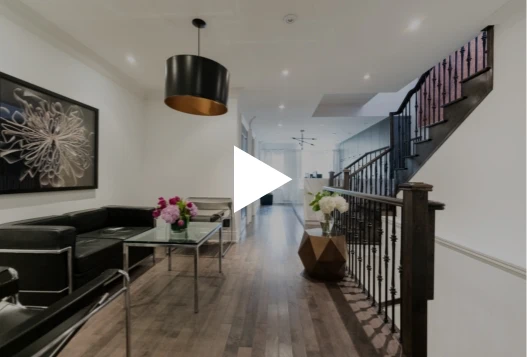By Jerome Edelstein, MD
If you are considering a breast augmentation, you likely have a number of questions. In order to ensure that you feel comfortable going forward with the procedure, it is important that all of your questions and concerns are carefully addressed.
The following Q&A outlines the answers to the most common breast augmentation questions; however, your plastic surgeon should discuss these answers in more detail during your consultation.
Do the number of CCs in a breast implant correlate with the breast size?
Since each patient has a unique physique, the number of CCs necessary to achieve a particular cup size will vary patient to patient. The patient’s chest wall diameter and existing breast tissue must be taken into account when determining the number of CCs required to achieve the desired results.
Why are implants positioned below the muscle?
When placed under the muscle, breast implants look and feel more natural. In addition, this placement makes mammography easier.
Will I lose sensation in my nipples?
Many patients experience temporarily loss of nipple sensation following surgery, typically regaining sensation within 3-6 months. Although in most instances nipple sensation is not permanently lost following a breast augmentation, there is a small chance that the sensation will not return. An incision under the breast, as opposed to an incision part way around the nipple, helps to reduce the risk of this loss.
Will breast implants result in increased cleavage?
The amount of cleavage achieved with breast augmentation depends on the patient’s existing breast shape and size. Often patients who have an average chest wall see an improvement in cleavage, however, increasing one’s breast size does not guarantee an increase in cleavage.
Is it possible for one breast implant to feel different than the other?
Although it is not common, capsular contracture can occur after breast augmentation, which may leave one breast harder than the other. There is a reduced risk of capsular contracture when implants are placed below the muscle, and the incision under the breast is used. In some instances, your surgeon may advise breast massaging to prevent breasts from hardening.
Can the rippling of breast implants be avoided?
Placing the implant below the muscle and ensuring that there is sufficient breast tissue to cover the implant may reduce the risk of rippling. For patients with very little breast tissue, silicone implants placed below the pectoralis major muscle are advisable. It is also important that saline implants are filled properly, as being under or overfilled can result in deflation or rippling.
Does a ruptured silicone gel implant need to be replaced?
Modern cohesive gel implants hold together like thick Jello, so even if a shell is ruptured they rarely change much within the pocket capsule. It is still advised that as soon as possible, the ruptured implant be replaced.
When should I have a ruptured implant removed or replaced?
Although a ruptured implant is not an emergency, it is important to remove and/or replace it within a few months. Saline implants will deflate quickly, and this leads to contraction of the scar capsule and tightening of the pocket so prompt replacement is advised. Ruptured silicone implants can result in the formation of scar tissue surrounding the implant, so it is necessary to remove the implant and possibly the resulting scar tissue. The recovery time from this procedure is usually much quicker than the original surgery.
